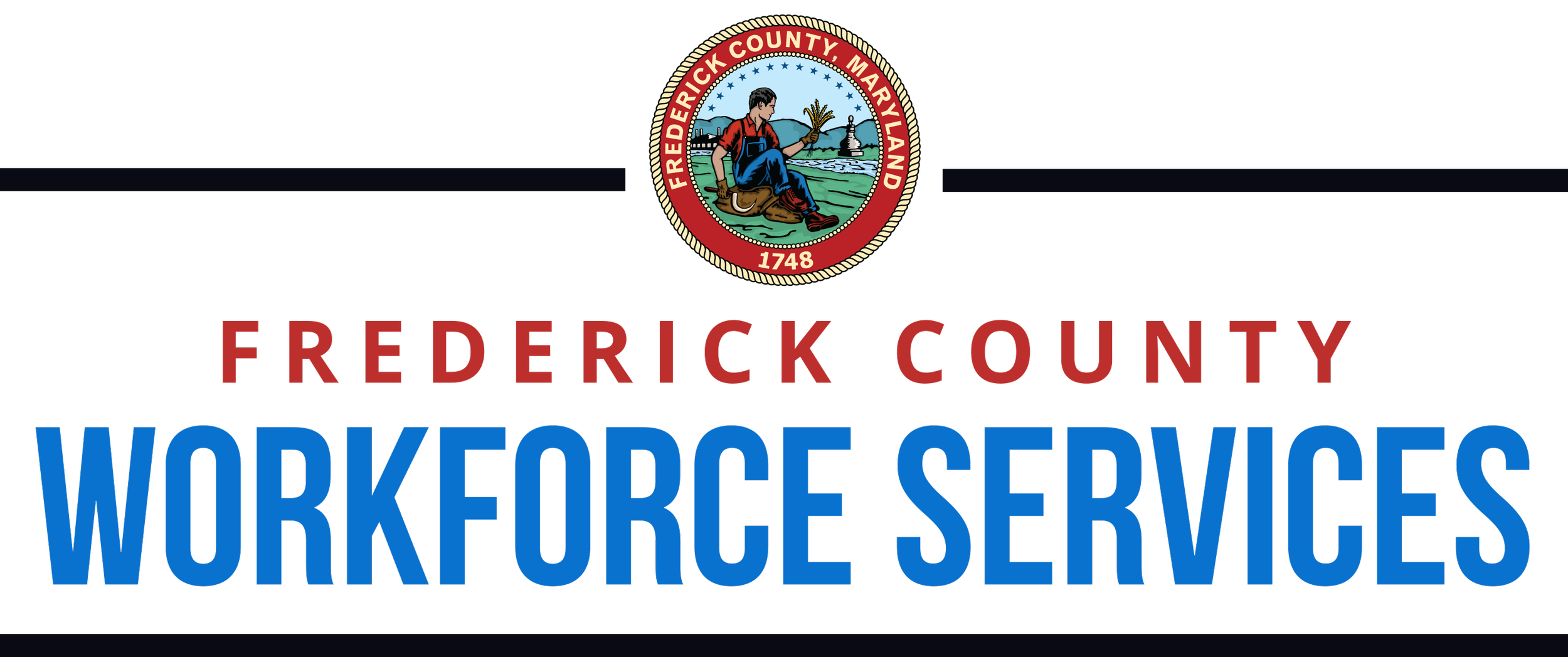Five Generations in the Workplace – So What?
by Latrice Lewis
Working with multiple generations in the workplace is beneficial for several reasons, as they bring diverse perspectives, experiences and skills.
The impact of different generations working in organizations has been extensively studied. Each generation brings unique characteristics, values, and work styles to the workplace. Understanding these differences can help organizations create a more inclusive and productive work environment. READ MORE.
While we consistently hear about changing technology and AI impacting the workforce, we also must recognize the different generations being impacted by not only the changes in technology, but working with one another, as the numbers shift in each group.
As of 2023, generations are fairly evenly split in the US, with Millennials accounting for 21.75% of the population, Gen X at 19.83%, and Baby Boomers at 21.16%.
As of 2023 four of the five generations are pretty evenly distributed in numbers in the workforce. However, Gen Z (born 1997-2012) is expected to comprise up to 27% of the U. S. workforce, as early as 2025. This will bring about new dynamics, cultural shifts, and innovation as those numbers continue to grow.
Is your organization ready for change? Do you know to prepare for, and which areas of your organization's structure and operations are likely to be affected? Here are some questions we should all be asking ourselves now to prepare for and maximize the power and value of multigenerational organizations. Let's take a look at some specifics:
The Impact on the Workplace:
Communication Styles: Depending on the generation, a person may favor email, instant messaging, or in-person interactions over other forms of communication.
Leadership Styles: Expectations and preferences about approaches and styles of leadership may vary among generations.
Work-Life Balance: Preferences for work-life balance can vary, with younger generations often seeking more flexibility.
Adoption of Technology: Older generations may take time to adopt new technologies, while younger generations may drive technological innovation.
Some Benefits to Organizations:
Diversity of Thought: Each generation brings a unique perspective, fostering creativity and innovation.
Knowledge Transfer: Older generations can mentor younger generations by passing on valuable institutional knowledge, and younger generations can mentor older generations in the technical aspects.
Adaptability: A multigenerational workforce is more adaptable to change and diverse challenges.
A few Challenges Organizations May Face:
Generational Stereotypes: Stereotypes and misunderstandings due to generational differences can cause tension in the workplace.
Communication Gaps: Differences in communication styles can lead to misunderstandings and misinterpretations, i.e. “Implicit bias.”
Resistance to Change: Older generations may resist changes driven by younger generations, and vice versa.
Similar to the speed of technological change, multigenerational organizations can take on a life of their own if diversity is not recognized, embraced, and valued.
As the numbers change and the number of Gen Z in the workplace increases, there are some strategies to consider for maximizing a productive culture:
Fostering a culture of inclusion,
Prioritizing well-being,
Engaging in open communication,
Embracing flexibility
If you start focusing on and adopting the above strategies, you and your organization will be better equipped to deal with all the implications of a multigenerational workplace.

